Maybe you also have this question: Does wood conduct electricity? The answer to this question can be very important for woodworkers and all those who deal with wood.
Also, if you are looking for useful information in this field or you are a researcher, this article will provide you complete information.
Electrical Resistance and Conductance of Wood
Dry wood is a good electrical insulator and cannot conduct electricity.
A block of completely dry wood like seasoned wood that uses as firewood is an excellent insulator, which can be compared with insulators such as phenol-formaldehyde resin.
But with increasing moisture, its electrical resistance decreases.
The electrical resistance can be calculated from the following equation:
P=R*A/L
Where
Lichtenberg Wood Burning eBook
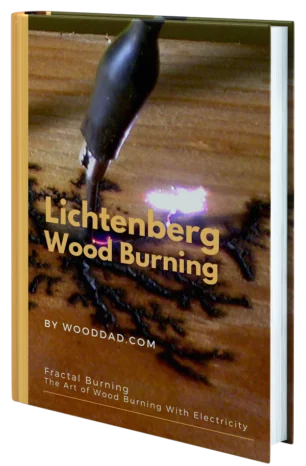
Download Lichtenberg Wood Burning eBook
One of the modern techniques for creating wooden artwork is called Lichtenberg wood Burning. In this eBook, we are going to introduce this newfound art to you.
This technique is known with some different names such as Lichtenberg wood burning, fractal wood burning, and electricity wood art.
This technique should not be confused with wood burning art or pyrography. The art of pyrography on wood is the art of creating motifs and designs by burning with hot metal tools on objects such as wooden surfaces.
Lichtenberg burning is a wood-burning technique for creating designs with electricity.
This eBook is a comprehensive guide on Lichtenberg Wood Burning. All you need to know for Lichtenberg Wood Burning is here.
This is a limited-time offer, order now to get access to the future eBook releases.
- R is the electrical resistance of a uniform specimen
- L is the length
- A is the cross-sectional area of the specimen
Affecting factors in the electrical conductivity of wood
In general, there are many factors in the electrical conductivity of wood. Factors like:
- Temperature
- Moisture
- Wood species
- Impurity
It can be said that moisture is the most important factor in the electrical resistance of wood.
This is a very important point in the construction of the tool with a wooden handle because they are in constant touch with moisture.
In order to increase the durability and insulation of hand-held electric tools that have a wooden handle, the wood part is saturated with phenol-aldehyde resin to prevent water absorption and increase the electrical insulating property.
The Relation of Moisture Content and Electrical Conductance of Wood
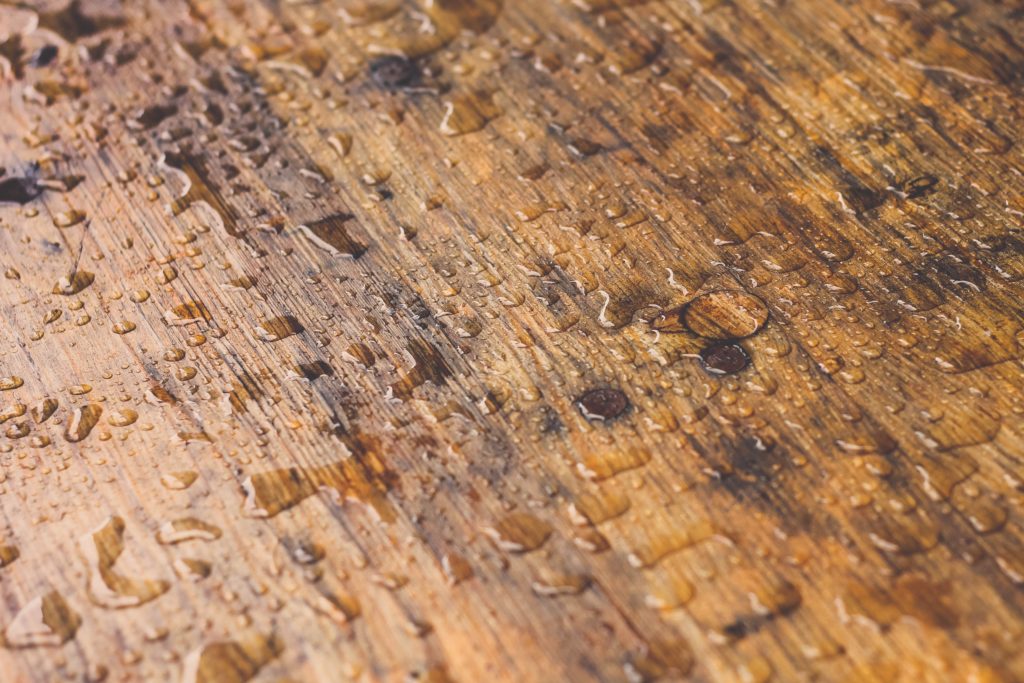
The electrical conductivity of wood increases one million times with increasing moisture from 0 to 30 percent, but with increasing moisture from 30 percent to over (full saturation), the electrical conductivity of wood can be only 50 times higher.
Of course, if the water is pure, it has a lot of electrical resistance and insulation, but due to the presence of solutes in water, conductivity is created in water and the wet wood is similarly conductive.
The Electrical Resistance of the Wood in Different Directions
The specific electrical resistance of the wood has different values in different directions.
With that said, in parallel to the fibers, it is about half of the direction of the vertical on fibers, and this resistance is in the radial direction equal to or at most 15% less than the tangent direction.
Specific masses and species of wood are less important in their electrical resistance variations.
Yes of course. Wood is actually an insulator but it’s not a good one.
At high voltage, it’s easier to get electricity from the inside of wood.
You can learn more about the effects of electricity passing on wood in the fractal wood burning.
If the wood is wet, the equation will change and electricity will be conductive through the wood, even at low voltage.
So be careful when standing up on a wooden ladder while working with electricity.
The molecules in the wood are spaced apart, so it is difficult to pass the flow of electricity, and it must move from one molecule to another molecule.
If the wood is wet, water molecules fill the gap between the wood molecules and cause the electricity to pass through the wood.

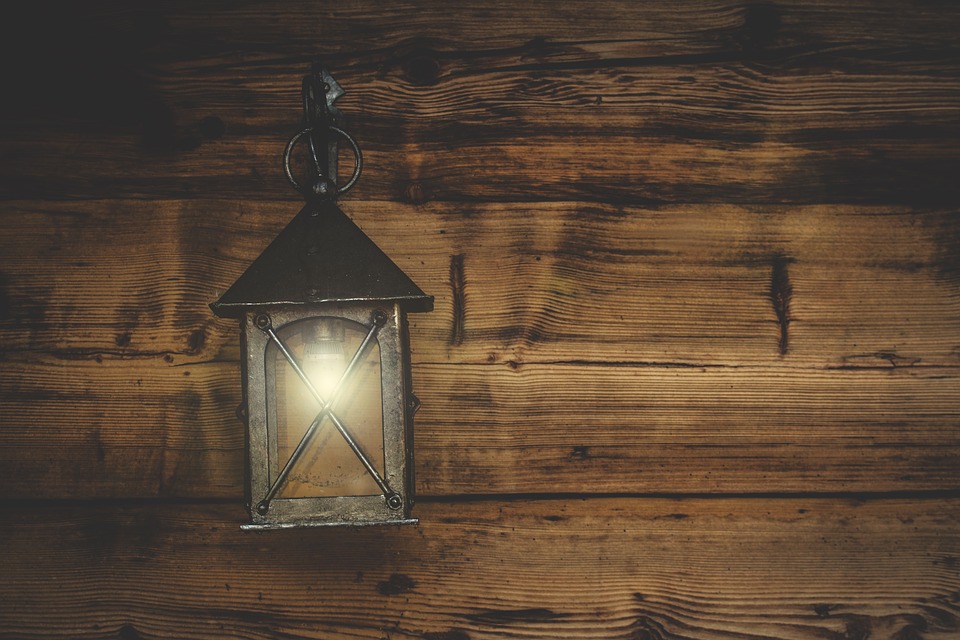
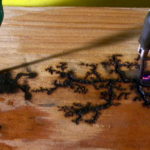
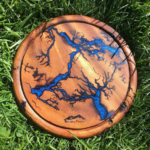
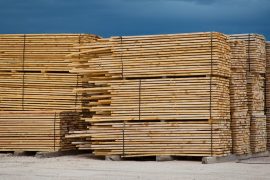

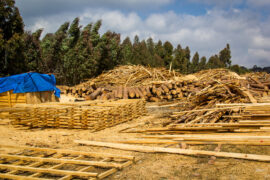
Comments
Pingback: Fractal Wood Burning Art | Wood Dad
Pingback: All Types of Wood Arts In The World - Wood Dad